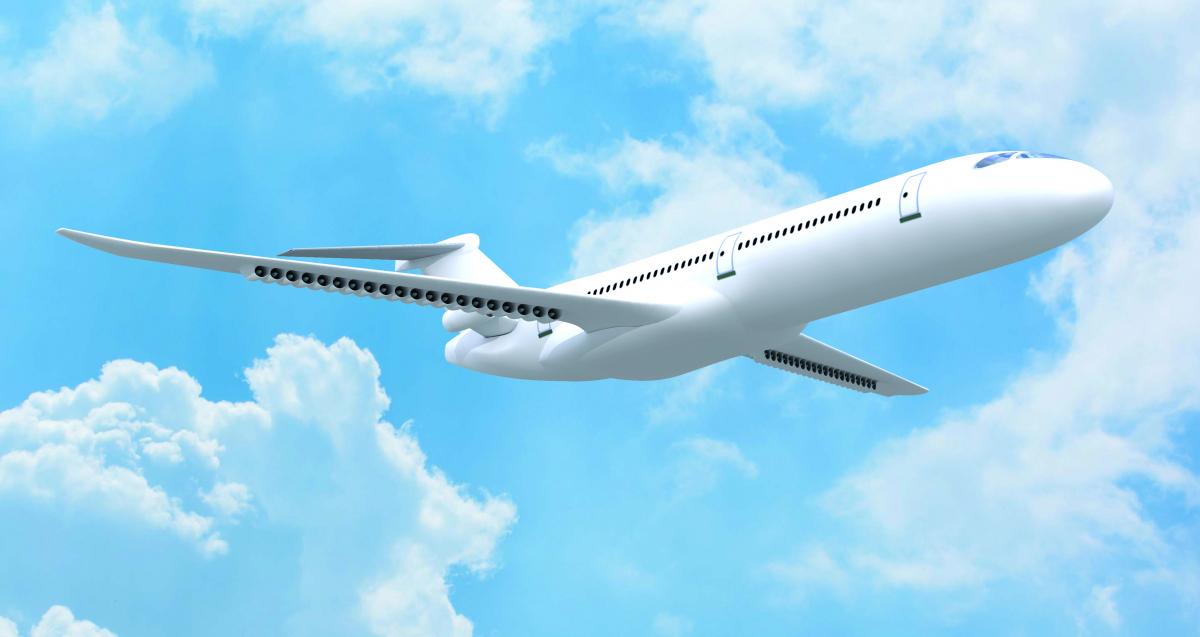
A European consortium of industry and academia will develop a road map for furthering hybrid-electric propulsion for commercial aircraft under a project funded by the European Commission (EC).
Led by French aerospace research agency Onera, the IMOTHEP project (for Investigation and Maturation of Technologies for Hybrid-Electric Propulsion) has received €10.4 million ($11.5 million) in funding under the EC’s Horizon 2020 research program.
IMOTHEP will perform a detailed investigation of technologies for aircraft with unconventional configurations and innovate propulsion architectures that provide synergistic benefits through the close integration of propulsion and airframe.
“Analyzing potential technologies and technical issues at the relevant scale is fundamental for hybrid-electric propulsion and addressing the challenge of climate change requires exploring the technology for commercial aircraft that represent the bulk of current emissions,” Onera said.
The project involves airframers Airbus and Leonardo, engine manufacturers Safran, GE Avio, MTU, ITP and GKN, as well as research organizations and universities in Belgium, France, Germany, Ireland, Italy, the Netherlands, Poland, Romania, Scotland, Sweden and the UK.
IMOTHEP will collaborate with five organizations in Russia, including engine research institute CIAM and aerohydrodynamic institute TsAGI, as well as the National Research Council of Canada.
European industry and academia are already studying unconventional configurations for ultra-efficient airliners. Under the Clean Sky 2 civil aeronautics research program, teams lead by Onera, German aerospace center DLR, Netherlands aerospace center NLR and Rolls-Royce are studying “novel and radical” designs for an Airbus A320-size aircraft that could enter service around 2035.
Onera, for example, has developed a research configuration, called Dragon, for an aircraft with distributed turbo-electric propulsion. This has two turboshaft engines mounted on the aft fuselage driving four generators that power 40 electric ducted fans arrayed under the wing trailing edge.
The research agency’s analysis suggests that, with moderate technology assumptions, the Dragon configuration could reduce fuel burn by 7% compared with an equivalent 2035-technology conventional turbofan-powered aircraft. With aggressive technology assumptions, this increases to 16%, it said.


Comments
Are 40 (small) ducted fans and two fuselage mounted turbofans quieter than two large turbofans? Maybe the 40 fans can be programmed to operate at slightly different speeds to distribute the noise over a wider frequency spectrum? Can the ducted fans be on top of the wing to shield the noise from the ground? 7% fuel burn plus lower noise could be a winning combination. Does Boeing have too much of a NIH attitude to look at this?